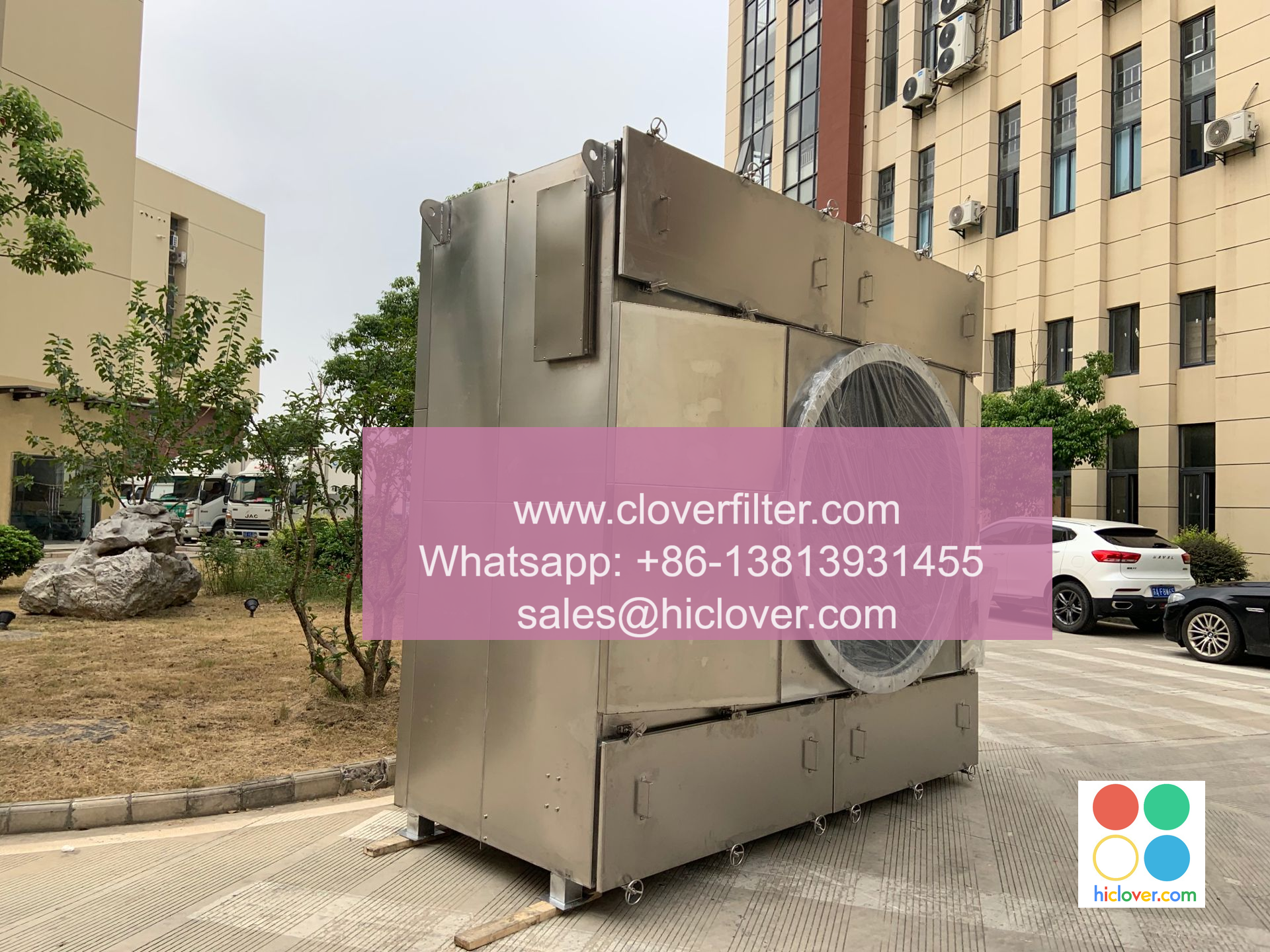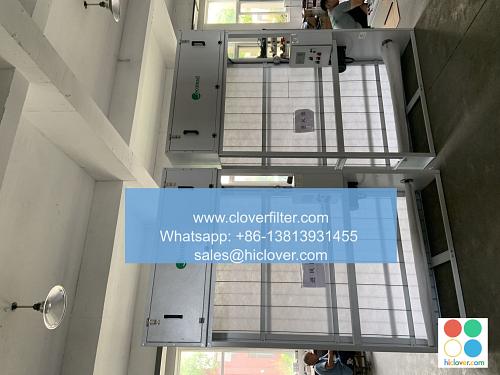Pharmaceutical Cleanroom Design Considerations: Automatic Roll Air Filters and Airflow

Pharmaceutical cleanrooms are highly controlled environments that require careful design and maintenance to ensure the quality and safety of the products being manufactured. One of the critical aspects of cleanroom design is the air filtration system, which plays a crucial role in maintaining the cleanliness and sterility of the environment. In this article, we will discuss the importance of automatic roll air filters and airflow in pharmaceutical cleanroom design.
Pharmaceutical cleanrooms are designed to minimize the risk of contamination, which can come from various sources, including airborne particles, microorganisms, and human error. The air filtration system is responsible for removing airborne particles and contaminants from the air, ensuring that the cleanroom environment remains sterile and safe for product manufacture. Automatic roll air filters are a type of air filter that is commonly used in pharmaceutical cleanrooms due to their high efficiency and low maintenance requirements.
Automatic roll air filters work by using a continuous roll of filter media that is automatically advanced as it becomes dirty. This ensures that the filter always operates at peak efficiency, removing 99.97% of particles as small as 0.3 microns from the air. The use of automatic roll air filters in pharmaceutical cleanrooms provides several benefits, including improved air quality, reduced maintenance costs, and increased productivity. Additionally, automatic roll air filters are designed to minimize the risk of contamination, as they do not require manual handling or replacement, which can introduce airborne particles and contaminants into the cleanroom environment.
Airflow is another critical aspect of pharmaceutical cleanroom design. The airflow pattern in a cleanroom is designed to ensure that airborne particles and contaminants are removed from the environment, preventing them from settling on surfaces or being introduced into the product. The airflow pattern is typically designed to provide a unidirectional flow of air, which moves from the cleanest area of the cleanroom to the least clean area. This ensures that airborne particles and contaminants are removed from the environment, preventing them from being introduced into the product.
The design of the airflow pattern in a pharmaceutical cleanroom involves several considerations, including the type of product being manufactured, the level of cleanliness required, and the layout of the cleanroom. The airflow pattern must be designed to provide sufficient air changes per hour to remove airborne particles and contaminants, while also minimizing turbulence and preventing the introduction of contaminants from outside the cleanroom. Additionally, the airflow pattern must be designed to provide a consistent and uniform flow of air, ensuring that all areas of the cleanroom receive the same level of air quality.
In pharmaceutical cleanroom design, the use of automatic roll air filters and a well-designed airflow pattern are critical to ensuring the quality and safety of the products being manufactured. The air filtration system and airflow pattern must be designed to work together to provide a sterile and safe environment, minimizing the risk of contamination and ensuring compliance with regulatory requirements. By carefully considering the design of the air filtration system and airflow pattern, pharmaceutical manufacturers can ensure that their cleanrooms meet the highest standards of quality and safety, protecting both their products and their customers.
Furthermore, the maintenance and testing of automatic roll air filters and airflow systems are essential to ensure their continued effectiveness. Regular maintenance, such as replacing the filter media and cleaning the air handling units, is necessary to prevent the buildup of contaminants and ensure that the air filtration system continues to operate at peak efficiency. Additionally, regular testing of the airflow pattern and air quality is necessary to ensure that the cleanroom environment remains sterile and safe.
In conclusion, the design of pharmaceutical cleanrooms requires careful consideration of several factors, including the air filtration system and airflow pattern. Automatic roll air filters and a well-designed airflow pattern are critical to ensuring the quality and safety of the products being manufactured, minimizing the risk of contamination, and ensuring compliance with regulatory requirements. By understanding the importance of these factors and incorporating them into cleanroom design, pharmaceutical manufacturers can ensure that their products meet the highest standards of quality and safety.
Conclusion
In summary, pharmaceutical cleanroom design requires a thorough understanding of the factors that affect air quality and cleanliness. The use of automatic roll air filters and a well-designed airflow pattern are critical to ensuring the quality and safety of the products being manufactured. By carefully considering these factors and incorporating them into cleanroom design, pharmaceutical manufacturers can ensure that their products meet the highest standards of quality and safety, protecting both their products and their customers.
FAQs
Q: What is the purpose of automatic roll air filters in pharmaceutical cleanrooms?
A: The purpose of automatic roll air filters is to remove airborne particles and contaminants from the air, ensuring that the cleanroom environment remains sterile and safe for product manufacture.
Q: How does the airflow pattern affect the cleanliness of a pharmaceutical cleanroom?
A: The airflow pattern in a pharmaceutical cleanroom is designed to remove airborne particles and contaminants, preventing them from settling on surfaces or being introduced into the product. A well-designed airflow pattern is critical to ensuring the cleanliness and sterility of the cleanroom environment.
Q: What are the benefits of using automatic roll air filters in pharmaceutical cleanrooms?
A: The benefits of using automatic roll air filters include improved air quality, reduced maintenance costs, and increased productivity. Additionally, automatic roll air filters minimize the risk of contamination, as they do not require manual handling or replacement.
Q: How often should the air filtration system and airflow pattern be tested and maintained?
A: The air filtration system and airflow pattern should be regularly tested and maintained to ensure their continued effectiveness. This includes replacing the filter media, cleaning the air handling units, and testing the airflow pattern and air quality.

